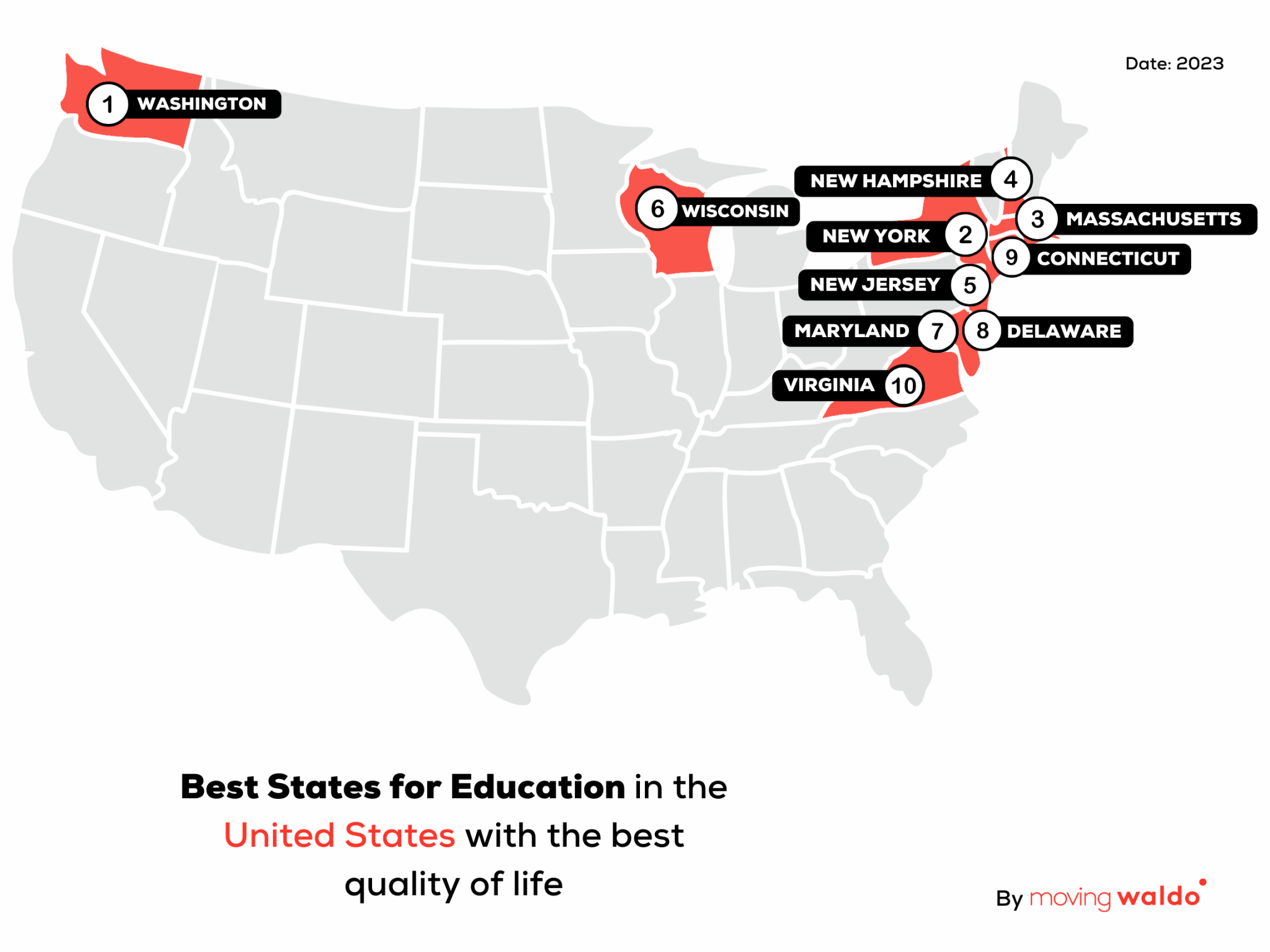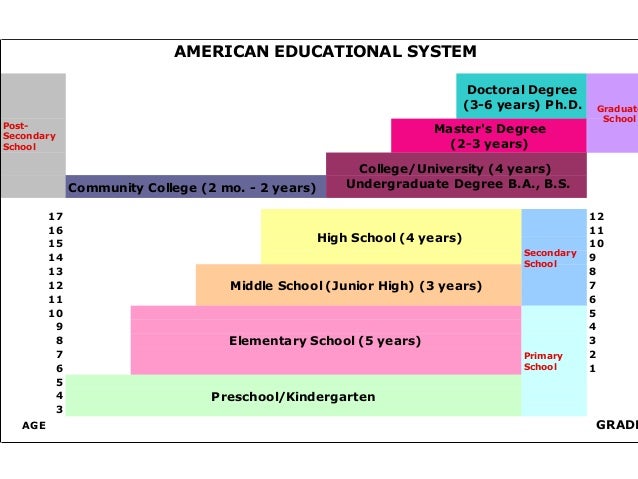What Was The Us Ranked In Education In 1979
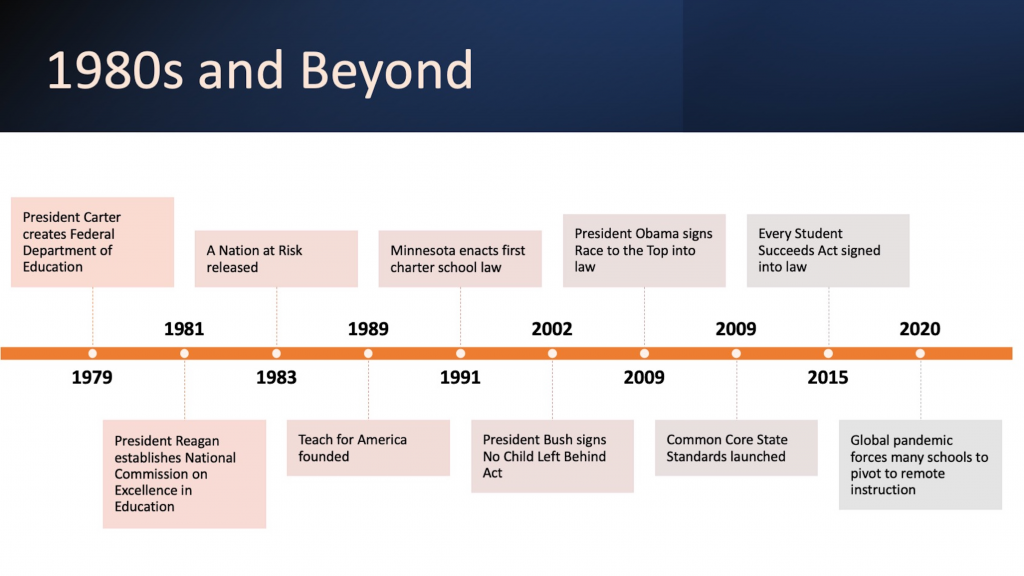
In 1979, the United States found itself at a pivotal juncture in its educational landscape. Amidst rising concerns about global competitiveness and evolving societal demands, understanding the nation's educational standing during that era becomes crucial for contextualizing current challenges and future reforms.
This article delves into the U.S.'s educational ranking in 1979. It examines available data and expert perspectives. The goal is to paint a comprehensive picture of the nation's educational performance relative to other countries at the time.
The Data Landscape of 1979
Reliable cross-national education rankings were less prevalent in 1979 than they are today. Standardized international assessments like the Programme for International Student Assessment (PISA) and the Trends in International Mathematics and Science Study (TIMSS) did not yet exist.
Therefore, assessing the U.S.'s position necessitates relying on available national data and comparative studies conducted during that period. These often focused on specific subject areas or grade levels.
Key Indicators and Reports
One significant indicator was the performance of American students on standardized tests like the Scholastic Aptitude Test (SAT). While not a direct comparison to international peers, SAT scores reflected the preparedness of U.S. high school graduates for higher education.
Furthermore, reports from the National Center for Education Statistics (NCES) provide insights into enrollment rates, educational attainment levels, and spending on education. These details offer a relative view of the U.S.'s commitment to education compared to other developed nations.
Studies conducted by organizations like the Organization for Economic Co-operation and Development (OECD), though not as extensive as current PISA reports, occasionally included comparative data on education indicators among member countries. These shed light on the U.S.'s standing in certain aspects.
A Look at the Rankings
While a definitive overall ranking is difficult to pinpoint, available data suggests that the U.S. held a moderate position in education among industrialized nations in 1979. It was not a leader, but it was also not lagging significantly behind.
In terms of educational attainment, a relatively high percentage of Americans completed secondary education compared to many European countries. However, other countries, such as Japan, were rapidly catching up or surpassing the U.S. in this area.
Concerns were emerging about the quality of education, particularly in mathematics and science. Some studies indicated that U.S. students were not performing as well in these subjects compared to their counterparts in countries like Japan and the Soviet Union.
Factors Influencing the Ranking
Several factors contributed to the U.S.'s educational standing in 1979. The nation's decentralized education system, with significant variations in funding and curriculum across states, played a role.
Socioeconomic disparities also influenced educational outcomes. Students from wealthier families and communities generally had access to better resources and opportunities, while those from disadvantaged backgrounds faced significant challenges.
The Cold War spurred a focus on STEM education. Concerns about the Soviet Union's advancements in science and technology led to increased investments in mathematics and science education in the U.S.
The Impact and Significance
The U.S.'s moderate educational ranking in 1979 had several significant consequences. It fueled debates about the need for educational reform and improvement.
The rising concern about global competitiveness prompted policymakers and educators to explore ways to enhance the quality of education, particularly in STEM fields. This led to curriculum reforms and increased investments in teacher training and educational technology.
The concerns about educational disparities also prompted efforts to address the needs of disadvantaged students and communities. This included initiatives such as Title I of the Elementary and Secondary Education Act.
Conclusion
In 1979, the U.S. occupied a mid-tier position in education among industrialized nations. This wasn't a crisis, but it was also not a position of clear leadership.
The available data suggests strengths in educational attainment but also emerging weaknesses in mathematics and science performance. These realities sparked a national conversation about educational reform.
Ultimately, understanding the U.S.'s educational standing in 1979 provides a crucial historical context for evaluating current challenges and shaping future directions in education. It serves as a reminder of the ongoing need to invest in and improve the quality of education to ensure that all students have the opportunity to succeed in a rapidly changing world.
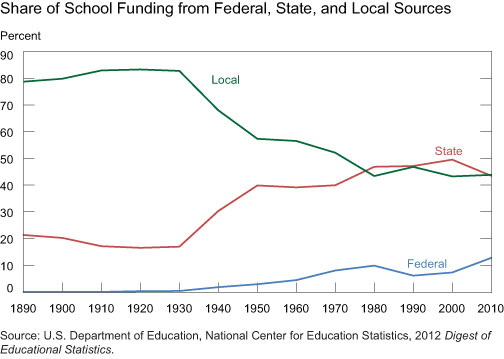
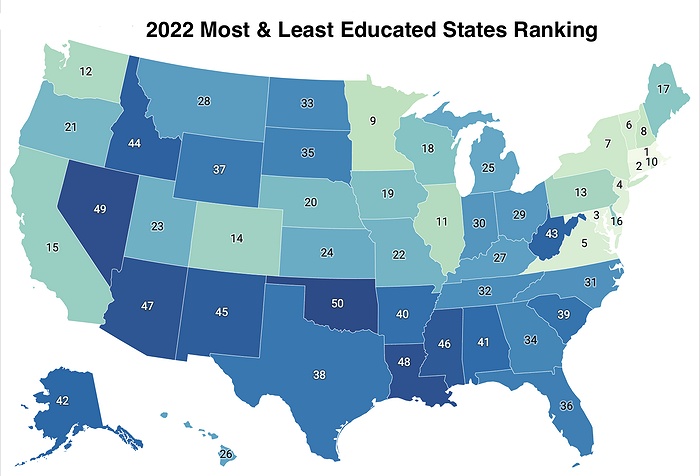
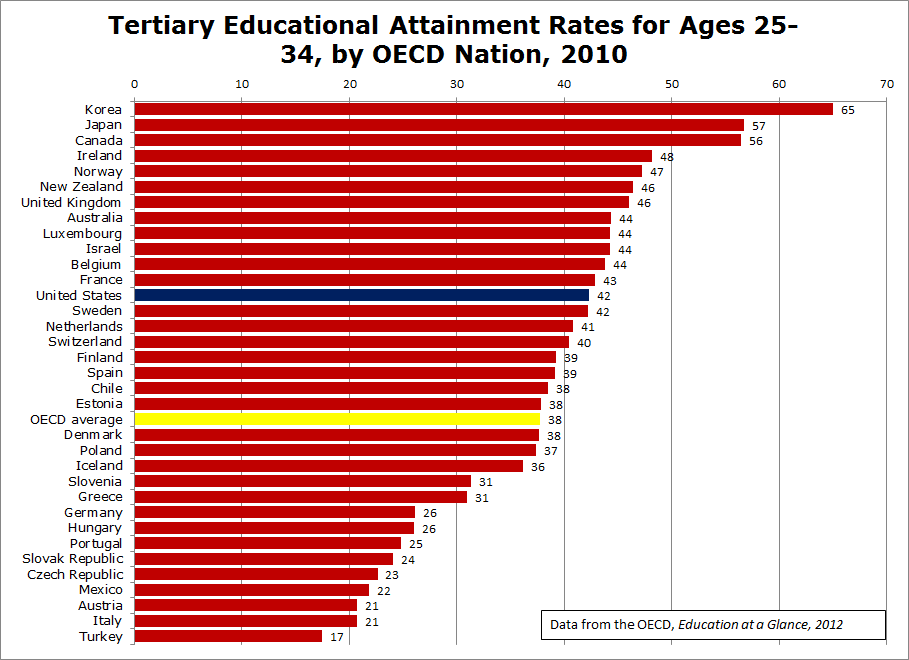
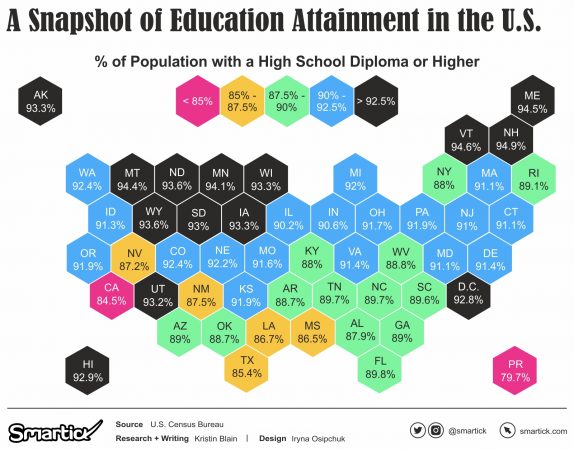


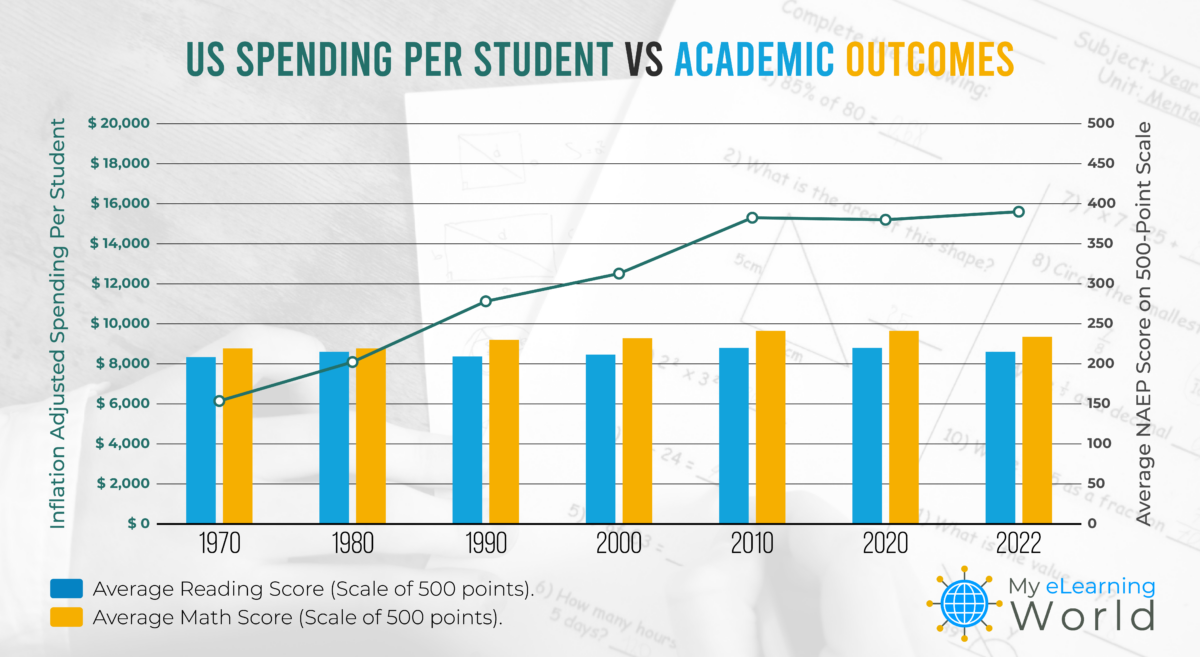

![What Was The Us Ranked In Education In 1979 [OC] Educational attainment by US state (and DC) : r/dataisbeautiful](https://preview.redd.it/educational-attainment-by-us-state-and-dc-v0-wmnmzq307j3a1.png?auto=webp&s=fff7d6a44ba5898f0638df28b0c109ccb82148c5)

